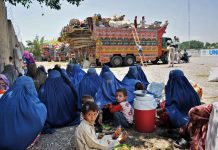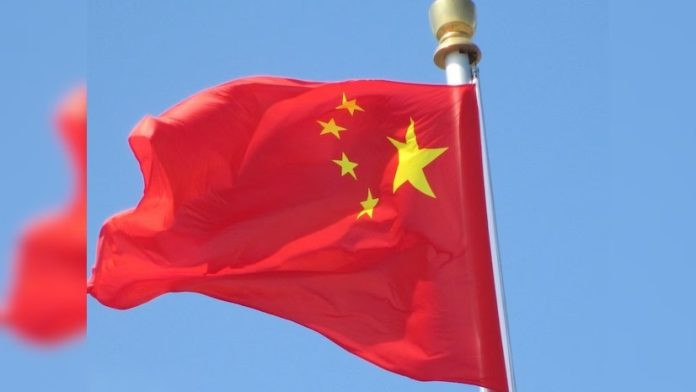A new report from a leading expert on the Chinese government’s policies in the Xinjiang region reveals a new program that combines “re-education” with forced labor, aimed at erasing the cultural identities of Uyghurs and other Muslim minorities.
The article is the latest from German anthropologist Adrian Zenz, whose past work shed light on the internment of some 1 million people in Xinjiang camps between 2017 and 2019. The camps were part of the “medicine” prescribed by Chinese President Xi Jinping for the “disease” of splittism after a spate of terrorist attacks. Many detainees were reportedly victims of extreme neglect, torture, and rape.
Though China has long used penal labor as a means of controlling dissidents and minority groups, the rise of “vocational skills education and training centers” is a departure from the “reform through labor” championed by Mao Zedong after the country’s communist takeover.
Today, the “reform” and “labor” components are kept largely separate, with detainees first placed in skills classes before being trained for a job and finally moved to a long-term labor placement under the watchful eye of the state. These persons, who the government has dubbed “graduates,” must accept such job “opportunities” or face punishment.
The focus has shifted from keeping detainees out of the public eye to integrating them into the broader society. Though the main aim is political, Zenz says Beijing also hopes to reap some economic gains as well. Studies indicate this focus on training yields more highly productive workers, many of whom are put to work for private companies far from the training centers.
This “greater economic sustainability, afforded by higher profitability, is designed to overcome non-Han resistance to ideological and ethnocultural assimilation and integration into the social order led by the [Chinese Communist Party] and dominated by Han Chinese culture,” he says.
Yet, those put through this program face many challenges when allowed to return to society: low wages, overtime work shifts, restricted freedom of movement, and never-ending surveillance and ethnic profiling.
For one Uyghur woman who eventually managed to escape China, a simple shopping trip meant walking past facial recognition-equipped cameras, tripping alarms and resulting in a police interrogation.
These policies, along with the government’s practice of separating families and putting Uyghur children in Mandarin Chinese-only boarding schools, are consistent with the government’s “dividing and conquering of organic Uyghur communities,” Zenz says.
“Through this program and multiple other means, the Chinese government is erasing the Uyghur culture and way of life, all while making a profit,” Washington, D.C.-based advocacy group Campaign for Uyghurs said in a statement on Friday.
In 2021, Congress took action on forced labor by passing the Uyghur Forced Labor Prevention Act, which has cracked down on products tainted by forced labor. Federal officials seized almost $1 billion worth of goods with suspected links to forced labor between June 2022 and April of this year.
The Outlaw Ocean Project last week released a report detailing forced Uyghur labor in the hard-to-trace supply chain for seafood, much of which ends up in the U.S. And a report in May by Zenz shed light on the systemic forced labor in the cotton fields of Xinjiang, which produces one-fifth of the world’s cotton.
China coasted to another term on the U.N. Human Rights Council last week due to a lack of competition for open seats.
China rejects Western countries’ calls to expand political rights and frequently presents itself as a champion of the “right to development”—and a less meddlesome partner—to other developing countries criticized for human rights violations.









































